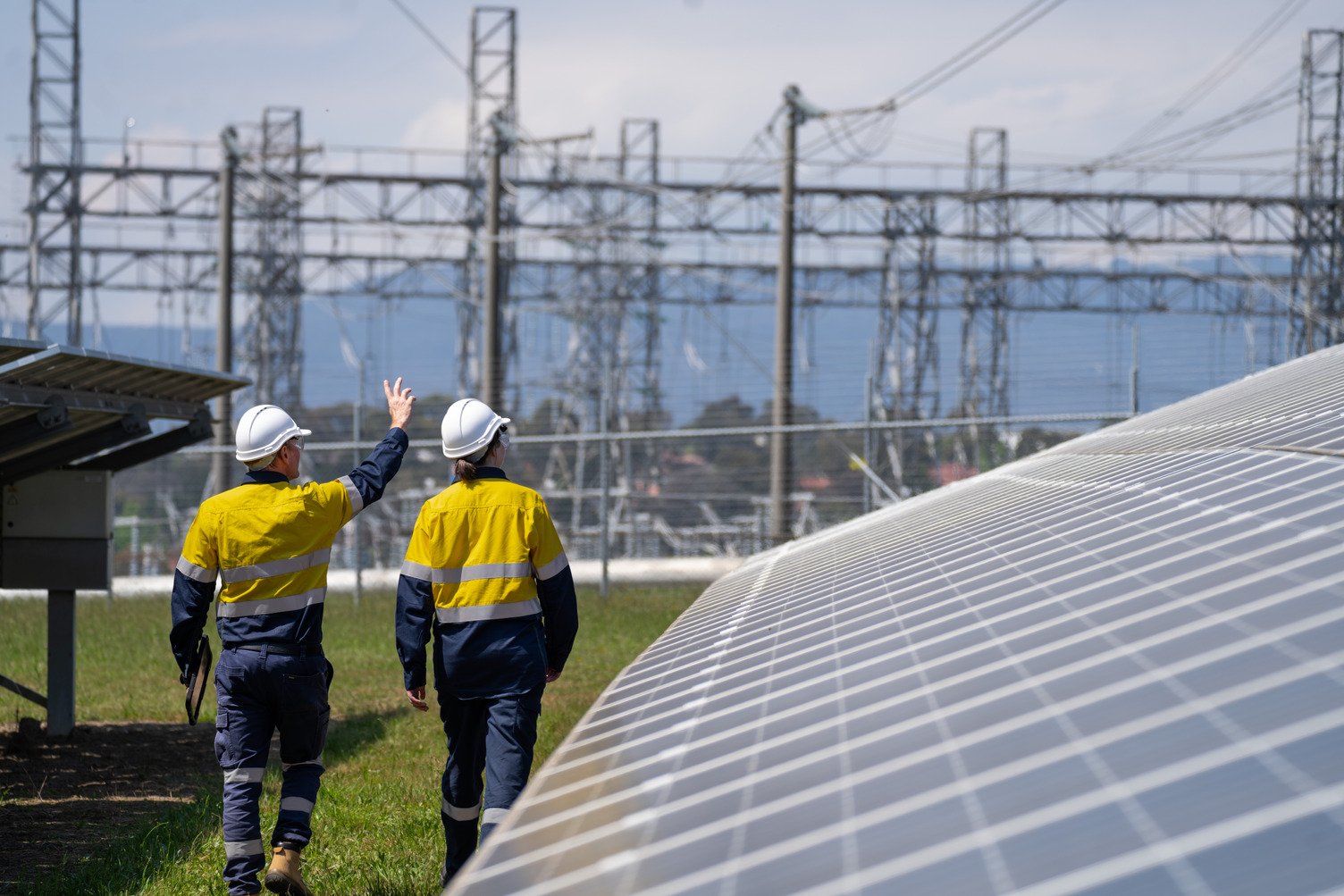New requirements from 1 October 2024
From 1 October 2024, all new and upgraded rooftop solar systems must be emergency backstop compliant. This is to meet the requirements of the Victorian government’s mandated Solar Emergency Backstop. New systems must be installed using either an internet enabled inverter which is connected to the electricity distribution network, or using a Generator Monitor Network Device (GMND).
Manufacturers’ responsibilities
Inverter manufacturers need to:
- understand the details of the solar emergency backstop that comes into effect on 1 October 2024
- provide installers with instructions on how to connect solar installations to the internet, see Solar emergency backstop commissioning checklist (PDF, 155KB)
- supply compliant technology with appropriate default settings
- provide appropriate warranties
- maintain a connection to our utility server if complying with CSIP-Aus via a cloud platform
- work with us to resolve issues, including loss of server connectivity.
Guidelines for manufacturer and technology providers
The testing and certification process ensures the solar installation will communicate and exchange information with our utility server, and respond appropriately to controls we issue under the direction of the Australian Energy Market Operator (AEMO).
Manufacturers of CSIP-Aus compatible Software Communications Clients (SCC), must undertake communications and capability testing with AusNet before we can add your device to our approved inverter list.
If your device is not already on the AusNet approved inverter list, register your device to be tested: Solar backstop OEM SCC registration form (Word, 87.5KB).
Benefits of Common Smart Inverter Protocol Australia (CSIP-Aus) technology
CSIP-Aus technology allows remote management of rooftop solar systems via the internet. Benefits include:
- standardised industry requirements
- easy connection to distribution businesses’ systems
- allows future roll out of flexible exports.
CSIP-Aus certification
Only manufacturers and Software Communication Clients (SCCs) that are certified on Clean Energy Council’s (CEC) Software Communications Client list are eligible for our onboarding program. We recognise inverters that have passed testing conducted by SA Power Networks and are listed on the Clean Energy Council’s inverters with Software Communication Clients list.
We will conduct our own tests to validate connectivity and compatibility with our utility server.
If a manufacturer uses an aggregator or a third-party gateway for CSIP-Aus communication, testing the Software Communication Client will be sufficient to validate compatibility with our utility server.
We don’t need to test every inverter listed on the CEC Inverters with SCC list. If the Software Communication Client supports multiple inverter configurations, additional testing with at least two inverters in the loop will be required.
Registration and information exchange
Providers and consumers of SCCs must register with us before entering our testing program. Registration allows us to:
- identify the business entities and products that will be certified into production once testing is completed
- exchange relevant information
- open master records in our systems for manufacturers and SCC providers
- develop forward plans to assist SCC providers and manufacturers through the testing process
- communicate with the appropriate representatives in the SCC or manufacturer about the test progress and results.
To register, complete our Solar backstop OEM SCC registration form (Word, 87.5KB) and send it to us using the 'solar' option on our Contact us page.
Once you’re registered, we will start the testing and certification process.
Connection and testing
We test the manufacturers and aggregators technical readiness, including interoperability testing processes and standards. Download our interoperability guide: Solar emergency backstop OEM interoperability & test plan (PDF, 817 KB).
Testing approvals and production readiness
Once connection and testing is completed, the following activities need to happen before you progress to production and business-as-usual operations:
- Aggregators will obtain Public Key Infrastructure (PKI) certificates for Production and connect their LFDI into our Production environment.
- Solar manufacturers who support direct-connect devices will obtain a Manufacturer Issuing CA (MICA) and issue certificates to end devices. Installers will then connect devices installed in the field directly to our Production environment using the device LFDI.
- We will add your device to our approved inverter list.

